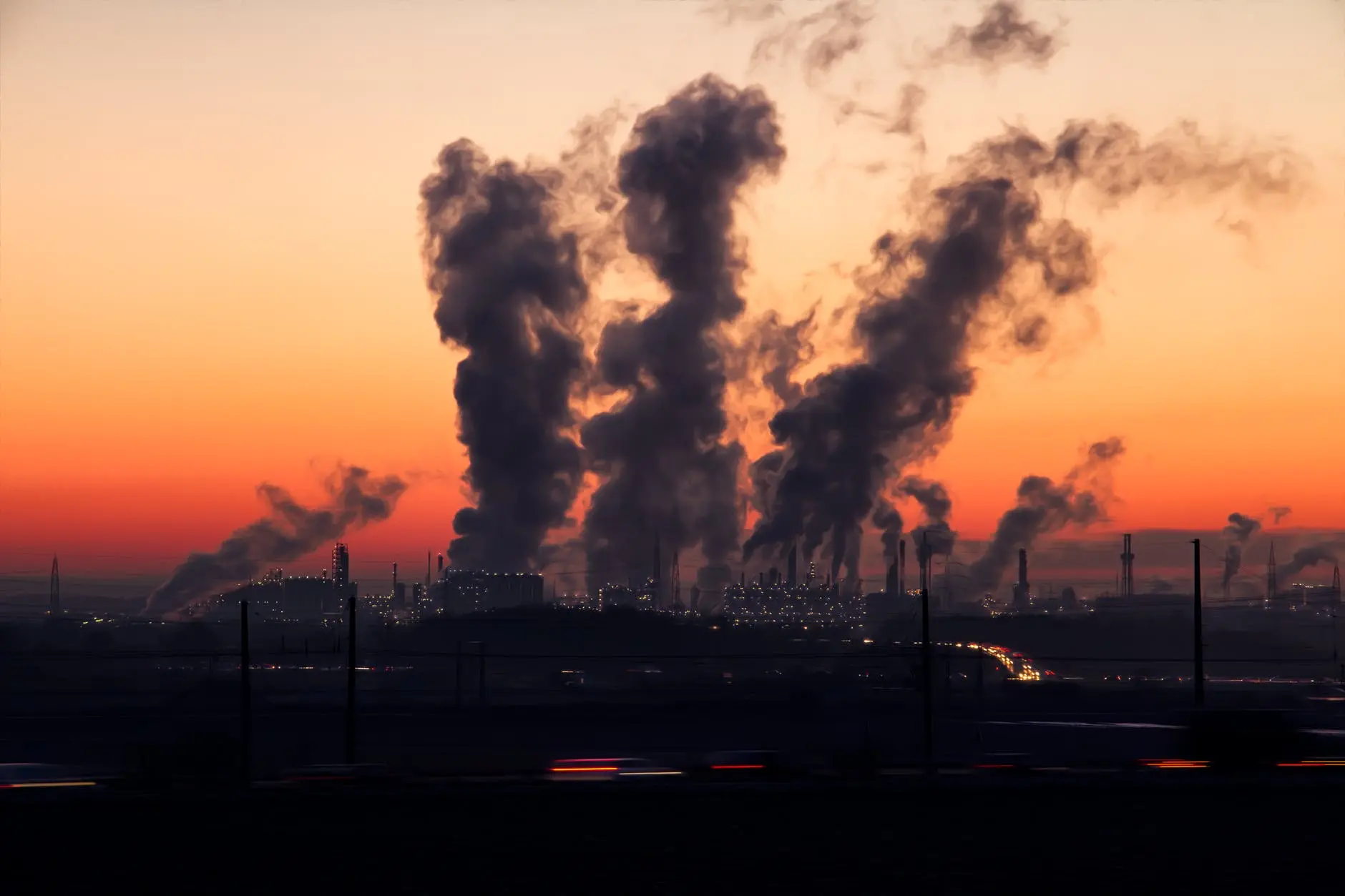The world population is growing at an alarming rate, which puts the strain on the available resources. Noteworthy, the environment that people inhabit has non-renewable natural resources. For the past five decades, the human population has consumed more resources than it did before this period. The economic development due to improvements in science and technology is responsible for high resource consumption. The high world population needs education, food, clothing, and other requirements. Additionally, they produce large quantities of wastes to the environment. The consumption of resources to meet basic needs and the release of wastes has negative implications for the environment and its resources. Typically, the current world population growth rate will not only lead to the depletion of natural resources but also cause irreversible environmental hazards.
The World’s Human Carrying Capacity Will Be Overstretched
If the world population size is unchecked, it will have more damaging consequences for the environment than the current situation. Imperatively, the world’s human carrying capacity will be overstretched. There will be few natural resources like fisheries, fertile land, and potable water, but to mention a few, that will be left to be used by people. As a result, humans will strive to create more resources to sustain them. The implication for their actions will be detrimental to the environment. It is expected that with increasing population growth, people will use large energy amounts, which will generate more wastes and create excess pollution. The future environment will, therefore, be unsustainable for human habitation. As an illustration, as the population will continue to grow, more greenhouse gases will be released into the atmosphere due to setting up of more industries to generate resources. The ramification for this will be catastrophic to the environment. It is anticipated that global warming will increase considerably, which will make the planet not habitable for flora and fauna. Thus, with increasing population growth, the future environment will be highly toxic and devoid of its present beautiful biodiversity.
Develop and Implement Viable Policies
It is prudent to develop and implement viable policies that will ensure that environmental problems and population growth issues are averted. One of the policies to instigate to achieve this fete is to encourage and undertake economic decoupling. This policy will promote economic growth without causing environmental pressure. The achievement of this policy will entail investing in green energy sources and technologies like wind, water, and solar energies, among others. These resources are renewable, and thus they will help to conserve the environment even with the increase in population growth. Additionally, these resources are clean and have no pollution effects on the environment. In this regard, with the adoption of renewable energy, the earth will still accommodate more people without straining the environment and its available resources.
Another way to solve the environmental limitation and population growth issue is through policy change and education. Noteworthy, the best way to control birthrates naturally is to invest in healthcare and education. By teaching sexually active people about their reproductive and sexual life, they become aware of the need to halt the tremendous population growth to protect the environment. Naturally, they will respond by dropping the high birth rates that cause an increase in population growth. It is also important to instigate support policies and programs to help people improve their economy. The improvement of the economy will help curb population growth, which will reduce environmental limitations. The concept that an economically empowered population has low birthrates informs this policy.








